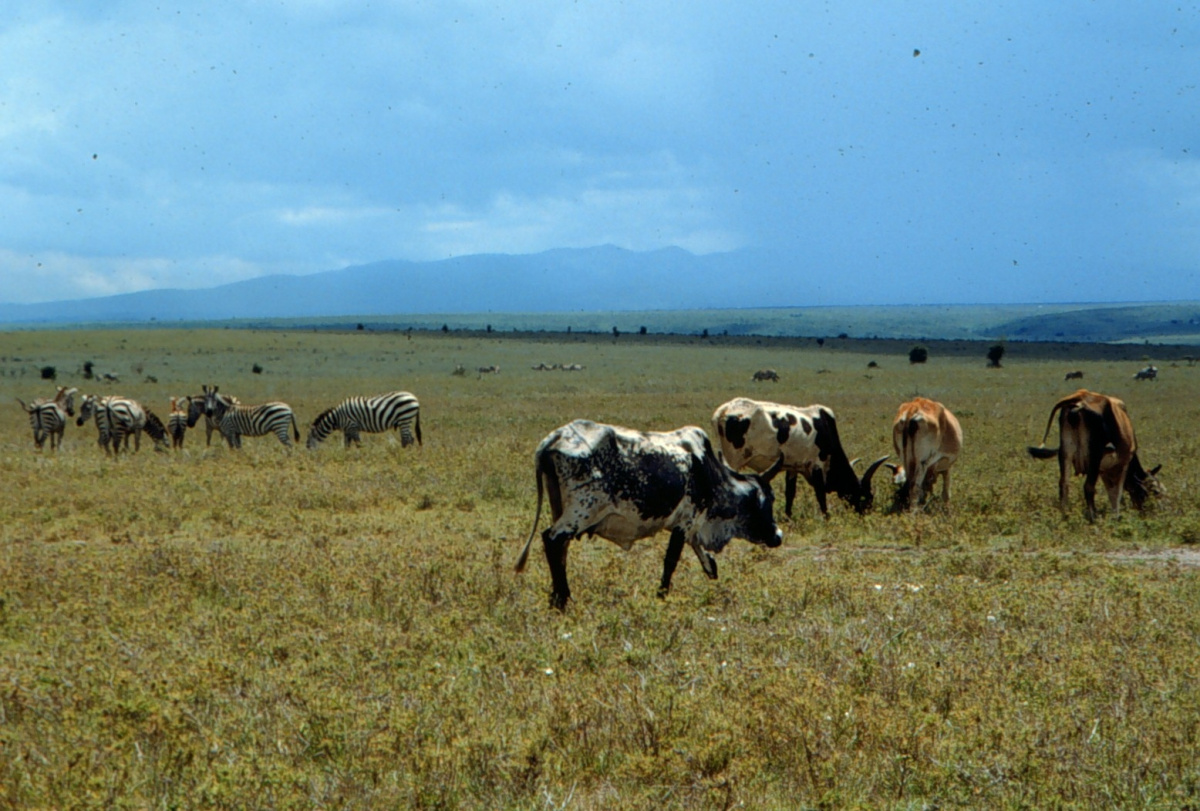IUCN Acting Director General’s Statement on the ongoing bush fires in Australia
The bush fires raging across Australia on an unprecedented scale have so far claimed more than 25 lives, and have had disastrous impacts for communities and human health. IUCN is greatly shocked and saddened by the loss of human lives and suffering the fires are causing.

Photo: IUCN
It is estimated that over seven million hectares have gone up in flames since the start of the 2019 fire season. As Australia’s landscapes burn, the country’s unique wildlife and natural vegetation also suffer. Early estimates indicate the number of vertebrate animals affected since the fires started in September 2019 could be as high as 1 billion, with most of these likely to have been killed immediately by the severe fires, or dying soon after as burnt landscapes leave them with little or no food and shelter.
Although it will be months at least before safe monitoring can determine the true effects of the fires on many threatened species, early estimates suggest that most of the range has already burnt for between 20 and 100 threatened species of plants and animals, putting them at even greater risk of extinction.
Conservation gains achieved from dedicated and long-lasting efforts undertaken for the recovery of many threatened species have suddenly been subverted, and the extinction risk for many of these species has been made acutely worse by this chain of fires.
Environmental recovery efforts may take decades and will need a coordinated approach. This will require protecting remaining unburnt refuges; rehabilitation, captive breeding and seed propagation programs for highly impacted animal and plant species; strengthening management of invasive predators; rapidly rejuvenating habitats, rejuvenating and supplementing food and water sources; and ensuring effective monitoring as ecosystems and populations of plants and animals are supported through to recovery.
Australia is currently enduring unprecedented drought and heat waves, with 2019 Australia’s hottest and driest year to date. The country’s six hottest days on record were in December 2019, and throughout the year temperatures were 1.5°C above the long-term average. The length of Australia’s fire season has been increasing, with climate change contributing to these changes, according to Australia’s State of the Climate 2018 report.
These conditions that support such extensive and severe fires are a stark reminder that climate change is a global phenomenon that spares no region, and that it is every country’s responsibility to address this growing menace as a priority of the highest order.
IUCN lauds the heroic efforts of the thousands of volunteer fire fighters in the face of this disaster that spans the Australian continent, and the work of those assisting and caring for people, domestic animals and wildlife threatened by or injured in the fires.



